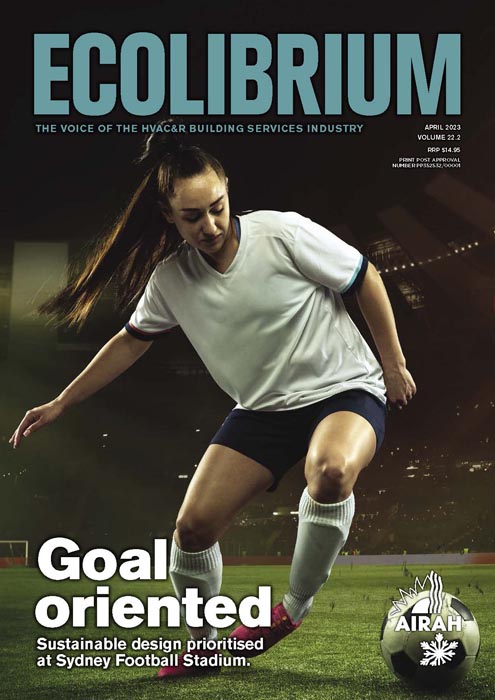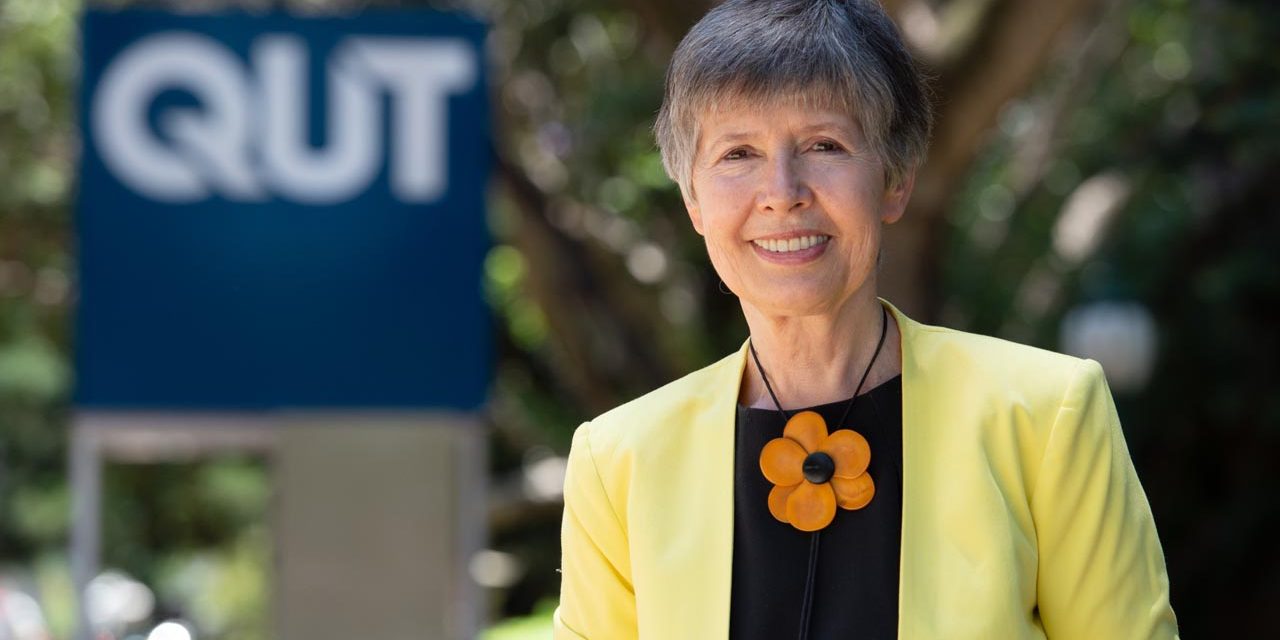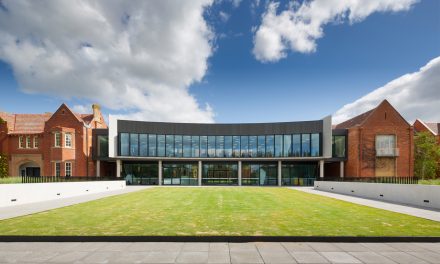It is now widely accepted that ventilation plays a major role in preventing the spread of COVID-19 and other airborne pathogens, but what are we doing about it? Professor Lidia Morawska fills us in on what is happening – and what we need to tackle next.
By Mark Vender
When COVID-19 first struck and we were all madly sanitising surfaces, QUT’s Professor Lidia Morawska led an international mission alongside hundreds of scientists to highlight the airborne pathway of the SARS-CoV-2 virus. Thanks in large part to her efforts, the World Health Organization and other public health bodies updated their advice.
Those in the HVAC&R industry were listening carefully to this conversation, knowing the role that ventilation would play. This prompted a renewed focus on airflow, filtration, and air treatment systems. And yet, after an initial flurry of activity, the world seems to be settling back into business as usual.
Professor Morawska is working to ensure that doesn’t happen – and that we seize the opportunity for a paradigm shift in public health. She has been a tireless advocate for improving indoor air quality around the world, was named one of TIME’s most influential people of 2021, and is now leading the ARC Training Centre for Advanced Building Systems Against Airborne Infection Transmission.
We are in a strange place at the moment, where there is more acceptance than ever of airborne spread of pathogens like COVID-19 and yet in some ways less interest in the topic – and little action. How do you see the state of play?
There’s certainly much more interest and more discussions. I’ve had conversations with people from many different walks of life who talk about indoor air quality, which before wouldn’t have been the case. At different levels of politics too. So there’s a lot of interest, a lot of talk.
But this hasn’t yet translated into action, because the action is quite complex. This is the next step: how it will translate into action, and what is our role as scientists, engineers or experts in this field to make that happen.
What do you see as the next steps?
There are certainly research activities, like those at the Australian Research Council (ARC) Training Centre. But there are also activities leading to future standards. Because we can do all this wonderful research and come up with more knowledge, but unless the knowledge is applied to existing buildings and future buildings, it will just live in academic papers.
For the knowledge to be used, we need indoor air quality standards that are enforceable and legislated. There’s no way around this. This means that pollutants or proxy parameters are measured in every public indoor space.
This may sound humungous, but if you think about outdoor air, we have standards for outdoor air. It is
monitored everywhere, and if there are exceedances, actions are taken and sources are controlled. Indoor air should be treated in the same way. It has more complexities, but technologically we are now prepared to address these complexities. So we need standards.
It’s worth noting that there are already design standards called up in the National Construction Code to ensure adequate indoor air quality, right?
There are parameters for indoor air quality, but it’s not the same as what we are talking about.
Of course, buildings need to be designed such that they can meet indoor air quality standards, but we are talking about standards which a body – and the question is which body – uses to monitor pollutants in operating buildings. It’s not only at design, but during operations. Let’s say on the wall you have a set of sensors that monitor indoor air quality, this is what we are talking about.
You mentioned the question of which body would enforce indoor air quality standards. Given that Australian Standards are voluntary until called up by codes or regulations, and this can take a long time, might there be a role for the public to play – to demand that the standard be applied?
The public always has a very important role, because if they are aware of the problem they can then pressure the government for action. So public awareness is very important.
But in the longer term, it is not the responsibility of the individuals to monitor air quality. Individuals can be very enthusiastic, they can of course grasp some concepts around this, but individuals don’t really have the background to fully deal with the questions, nor have they in many cases the power to do anything.
For example, I have received emails from parents in many schools saying that they were not allowed to give children sensors to measure CO2 – the school didn’t want this.
So the public can only do so much, and it’s not the role of individuals. What we want is the government setting up standards and making them legislated, and then there are procedures to enforce them.
“We need indoor air quality standards that are enforceable and legislated. There’s no way around this.”
What can you tell us about the work going on at the ARC Training Centre?
We are in the process of establishing the centre. An activity of this size cannot start from one day to another. We are very pleased that we hired a manager of the centre, Rafat Alam. He’s now putting things together and there are many activities that need to be done. This is a whole operation of its own, it’s not just a small project, and there are many different requirements we have to fulfill according to what the ARC requires. Also, because we operate here at QUT, we have to comply with all the procedures here.
So right now it’s perhaps the boring part, if I can put it this way, making it all happen – that’s our main focus. But having said that, we’ve already started thinking about the research project and started engaging with our partners. In particular we had two very interesting presentations by Professor Tunga Salthammer of the Fraunhofer WKI, Germany, and Professor Giorgio Buonanno of the University of Cassino and Southern Lazio, Italy. They were discussing various aspects of what we are working on.
We are also having meetings with smaller subgroups, because eventually this is all going to sharpen the research program. Of course, we had a research program in the ARC application, but that was almost two years ago. Now we need to discuss it in more detail and in an actionable form.
You are the keynote speaker at the AIRAH IAQ Conference in July. What will you be talking about?
The situation is changing rapidly, so by July there will be more developments. But I will definitely be talking about what we are doing in the centre, because by that stage the program will be even sharper. I’ll also be making that point about standards and the role of our community to push for this standard.
Who do you include in that community?
I’m talking in very broad terms. The community is everybody who is in whatever professional way involved in this, whether it’s from a scientific, engineering, or public health point of view. Also, community groups who have this in mind. Those of us who are aware of the problem need to create pressure to put indoor air quality standards in place.
A quality event
Professor Lidia Morawska is a keynote speaker at AIRAH’s Indoor Air Quality Conference 2023, to be held in Brisbane from July 17-18.
The event will provide a platform for discussing issues related to IAQ. This includes policy, regulation development, and the development of (and access to) the latest industry-leading advice.
For more information, go to airah.org.au/iaq












